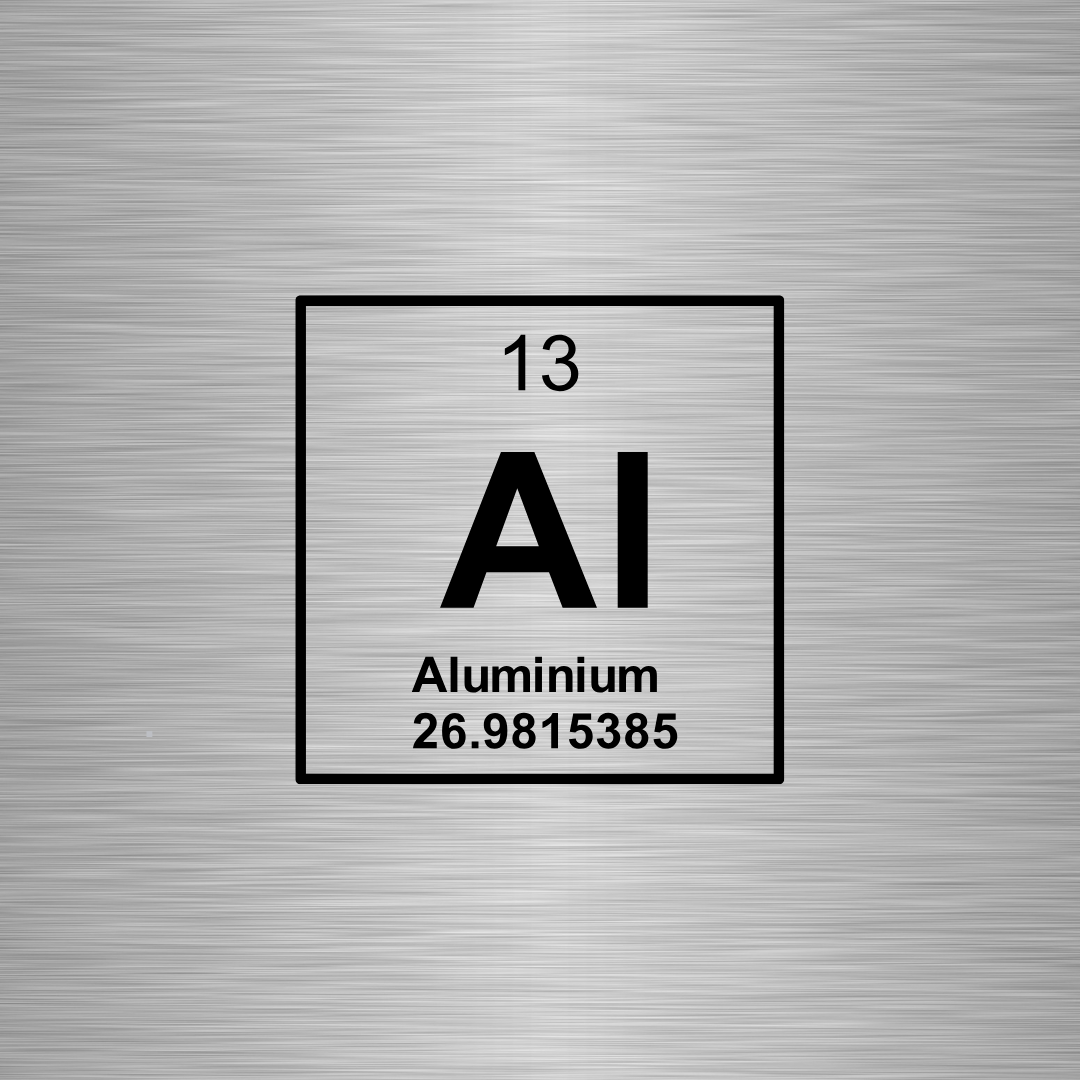Aluminium is a lightweight metal widely used in packaging, construction, cookware, and electronics.
We are exposed to aluminium through food, water, medications, and household products like antiperspirants, cookware, and cosmetics. While small amounts are generally considered safe, excessive exposure can pose health risks.
What can cause aluminium to leach into our foods?
- Acidic foods: The most significant factor causing aluminium to leach is the acidity of the food, so cooking acidic foods like tomatoes or citrus in aluminium cookware can lead to more aluminium transfer.
- High heat: Higher temperatures also increase the likelihood of aluminium leaching. For example, cooking a baked potato in foil could lead to increased aluminium content in your food.
- Cooking time: The longer the cooking time, the more aluminium can leach into food.
Symptoms of aluminium toxicity
Prolonged or high exposure to aluminium can result in aluminium toxicity, manifesting in various health issues, many of which we observe in our clients:
- Neurological Symptoms: Memory loss, confusion, speech problems, and impaired motor coordination.
- Bone Disorders: Higher risk of fractures, softening of the bones, and low bone density due to disrupted calcium and phosphate balance.
- Anaemia: Aluminium can affect red blood cell production and function, leading to fatigue, weakness, and pale skin.
- Gastrointestinal Issues: Nausea, vomiting, and constipation are common signs of aluminium exposure.
- Muscle Weakness: Aluminium may interfere with muscle function, leading to muscle pain and weakness over time.
Long-term effects
Some studies suggest that high levels of aluminium may contribute to neurological conditions like Alzheimer’s disease. Chronic exposure to aluminium has been associated with cognitive decline, and developmental delays in children.
How we detect aluminium exposure
In our practice, we often detect elevated aluminium levels through Hair Tissue Mineral Analysis (HTMA).
By analysing hair samples, we can assess and monitor aluminium levels, guiding appropriate detoxification and intervention strategies.
Just a FEW ways that can help reduce aluminium
For additional methods and personalised guidance, it’s important to consult with your practitioner.


